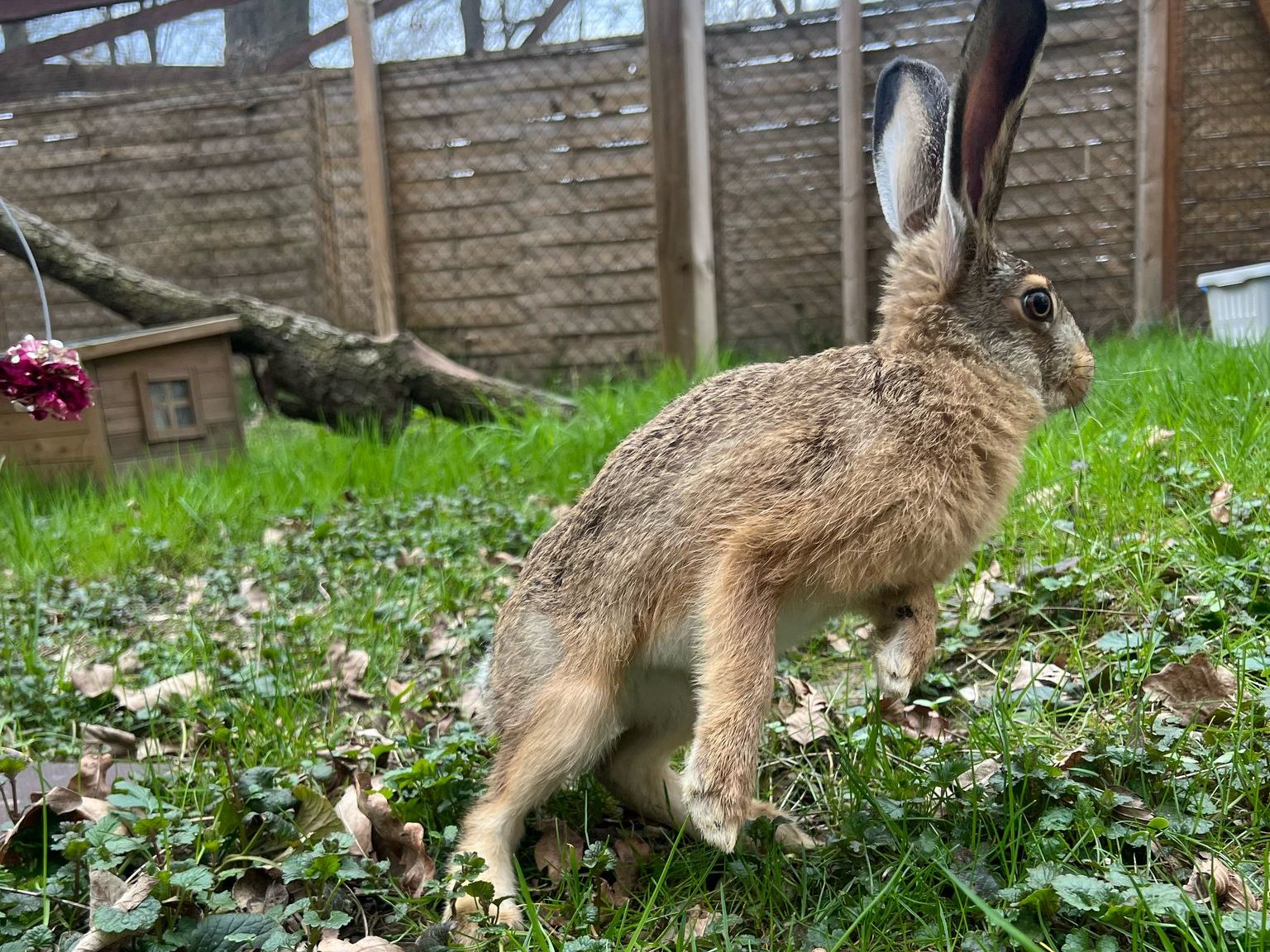Rescued Baby Hare Simon Hopped to Freedom

Simon jumps into the field, makes a few zigzags, and he's gone. The little field hare is back in the wild. "Exactly as it should be," rejoices Alfred Kofler, head of animal care at the Assisi-Hof in Stockerau.
Hand-rearing at the Assisi-Hof in Stockerau
Only two days old, weighing just 120 grams - that's how Simon lay defenseless in a hayrack on a horse paddock in Simonsfeld. Not far away, a run-over field hare was discovered, presumably his mother. "He was already visibly weakened and in mortal danger. In this case, the wildlife rescue was absolutely right," explains Kofler.
With a lot of experience, patience, and loving care, Simon was bottle-fed. Several times a day, he received special replacement milk, day and night. "The first days were critical - many wild animal babies don't make it. But Simon fought." Hand-rearing field hare babies is extremely complicated: "Field hare milk is much richer than the milk of conventional mammals. Additionally, Simon first had to get used to the unfamiliar bottle feeding," says Kofler.
Back to the wild life
In recent weeks, Simon lived with other rescued hare babies in a spacious outdoor enclosure. He was no longer hand-fed, and direct contact with humans was deliberately minimized to reactivate natural instincts and escape reactions.

In dry weather, Simon was released near the spot where his life had been saved. As soon as he was set free, Simon showed what his foster parents had hoped for: a strong leap, a quick sprint – Simon was back in his wild life.
Animal Caretakers Clarify: Not Every Bunny Needs Rescue
As delightful as Simon's story is, it should not be a false example. Kofler warns: "Every year countless baby hares are mistakenly taken – yet in most cases, they don't need any help at all."
Hare mothers hide their young in shallow ground depressions, called forms, and return only twice a day to nurse them. The young have no scent of their own – this protects them from predators. Touching them can have severe consequences for the animals, because if a young one suddenly smells like humans, it can be detected by predators or rejected by its own parents.
If a young animal is indeed injured or in danger, the rule is: Don't hesitate, but act correctly! Kofler recommends: "Immediately contact a wildlife rescue center, a veterinarian, or animal rescue. Do not raise them yourself - that almost always goes wrong."
(Red)
This article has been automatically translated, read the original article here.





